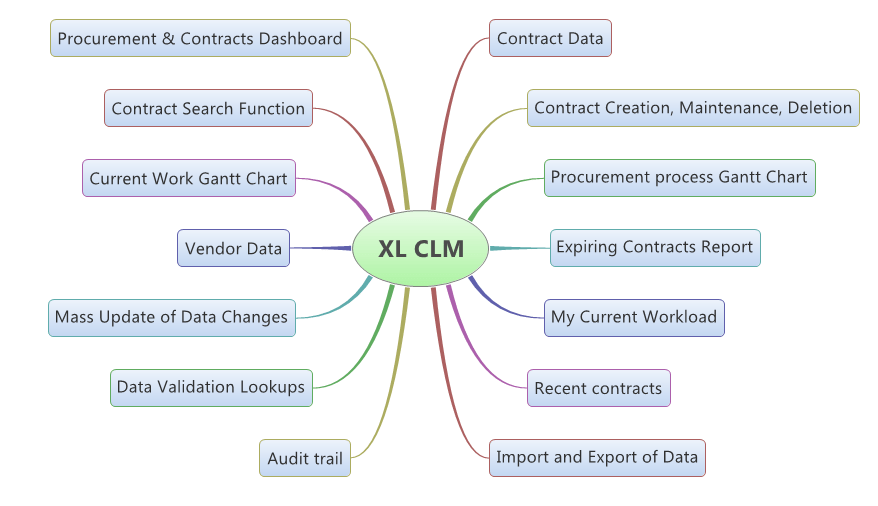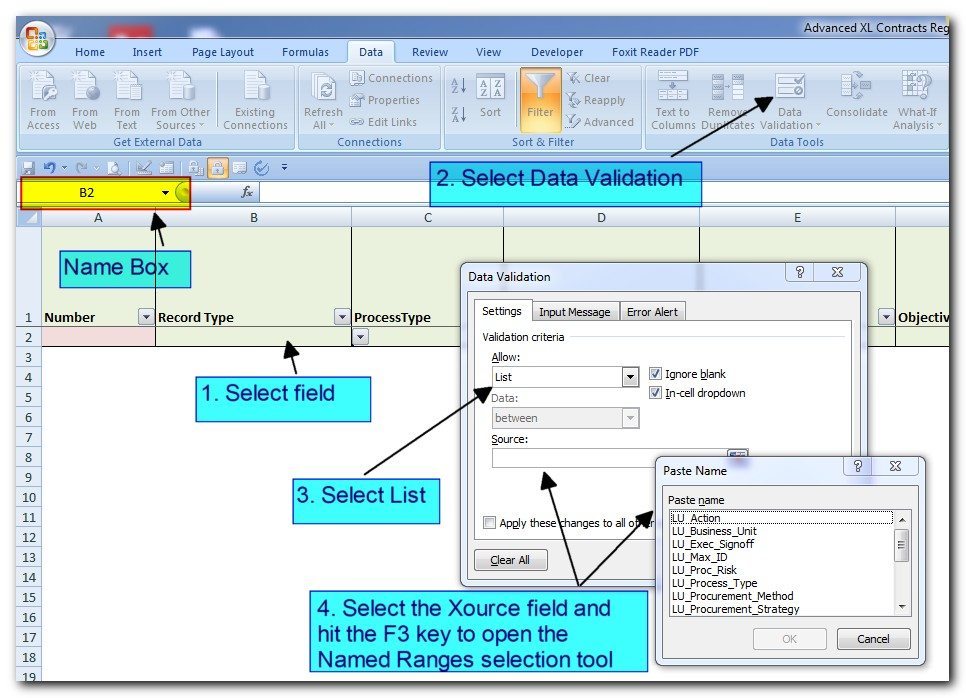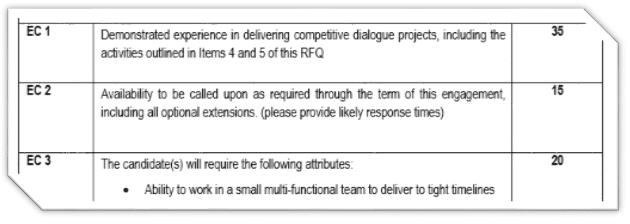Last year I noted two significant cases, amongst many others, of poor procurement practices resulting court cases and the payment of damages. Envoy Relocation Services successfully sued the Canadian Government for unfair treatment during successive procurement processes. The court awarded Envoy $30 million in lost profits and also directed the Government to pay Envoys $10 million legal costs; in another case, a major retailer sued a Central NSW coast council in Australia over a faulty process, resulting in damages of around $2 million being awarded to the retailer. The council later appealed and won, but the court, delays and internal staff costs must have been significant. While these commercial horror stories will capture the headlines and provide great examples for frightening clients during probity briefings, are the fines the only damage suffered by organisations through poor procurement practices resulting in low integrity procurement.










